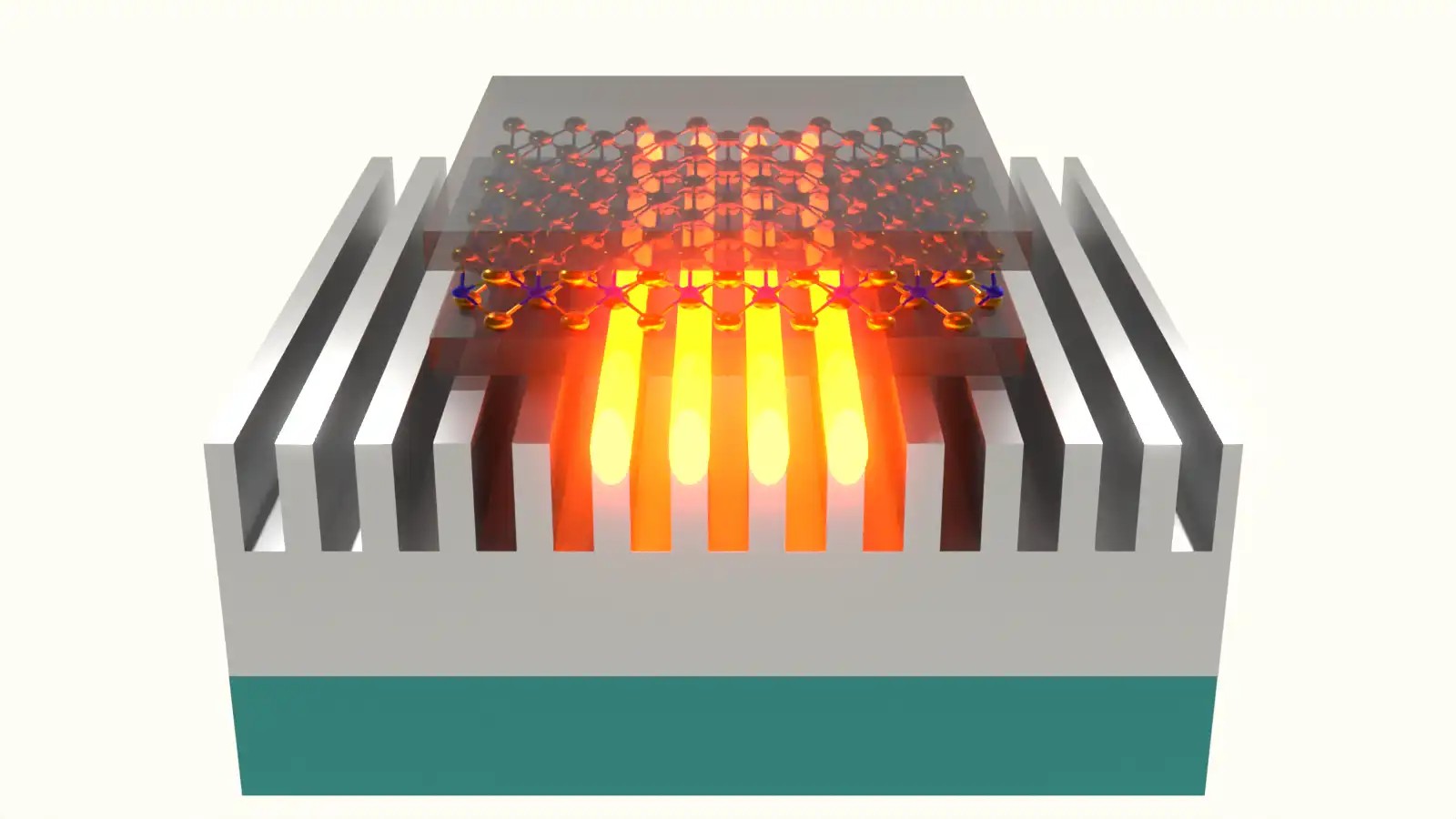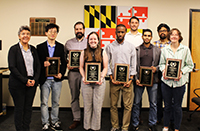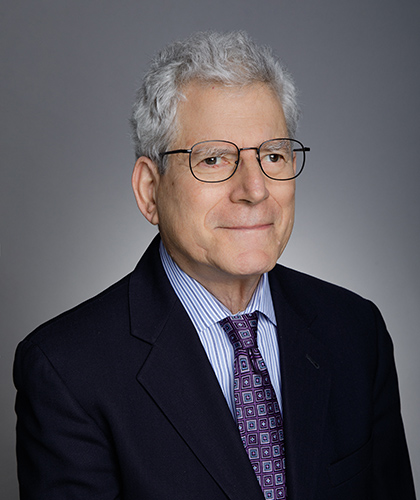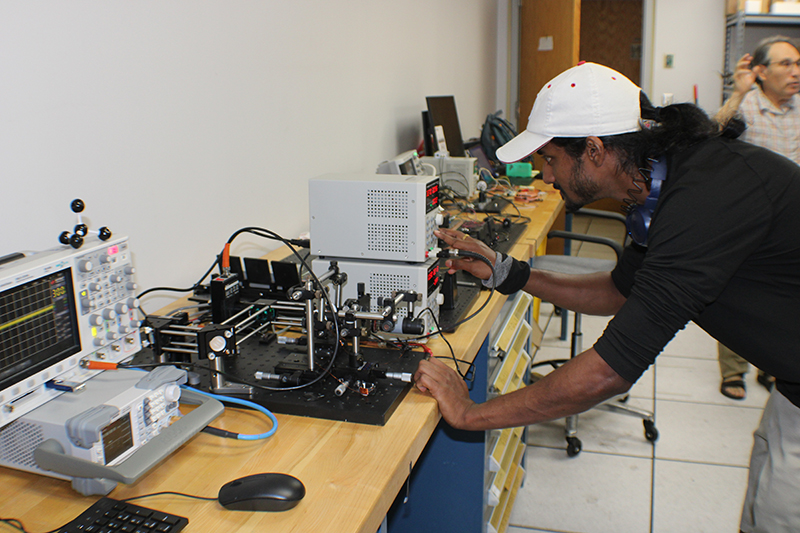News Story
Ephremides Receives Patent, Earns Wireless Research Grant from NSF
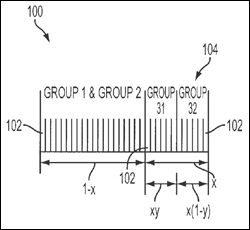
This schematic shows the allocation of user nodes into groups for increased throughput in Ephremides' patented invention.
The invention is a method and device that improves multiple-access capability for multihop wireless networks with multiple destinations and randomly generated traffic. User nodes are divided into groups in a way that provides increased throughput. A technique that optimizes the allocation of slots to these groups in periodically recurring frames is also included. This achieves maximum throughput and reduces the energy needed for each successfully transmitted packet.
Both Wieselthier and Nguyen earned Ph.D. degrees in electrical engineering from the University of Maryland. Ephremides advised Wieselthier and ECE Professor Emeritus Lee Davisson advised Nguyen.
Ephremides and former ECE postdoc Jie (Rockey) Luo, now assistant professor of electrical and computer engineering at Colorado State University, were awarded a three-year collaborative research grant from the National Science Foundation (NSF) for their work on "Systematic Optimization in Wireless Multicasting."
The research focuses on multicasting, where common information is transmitted from a source to multiple destinations. Multicasting is the core component of many network applications such as multimedia distribution, information update, group conferencing, etc. Creative encoding of network trac at the intermediate terminals can significantly improve the throughput of a multicast. Due to the open nature of the wireless medium, communication throughput of a wireless link depends on its transmission power and on the interference generated by nearby network terminals. The goal of this research is to develop a systematic framework for maximizing a general multicast utility function via the joint optimization of transmission power, rate, and schedule, within the framework of network coding.
For more information about the research, visit: http://www.nsf.gov/awardsearch/showAward.do?AwardNumber=0728966.
Published September 19, 2007


